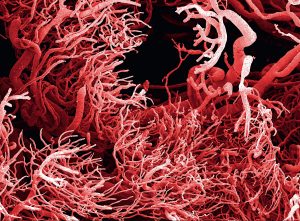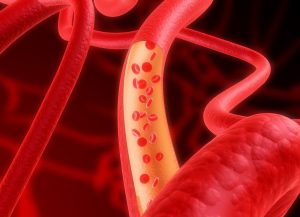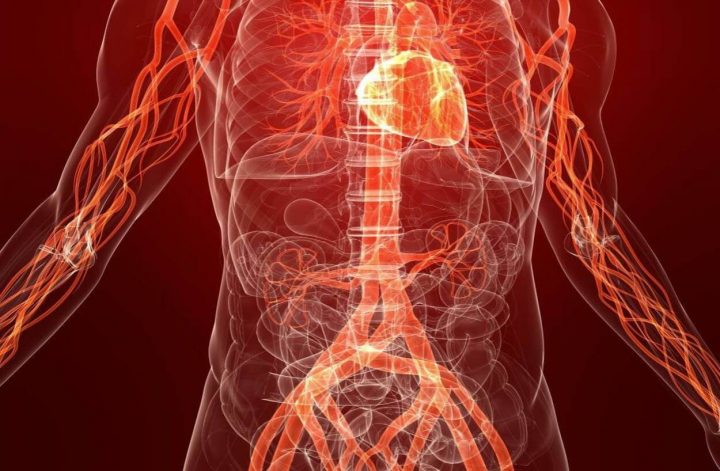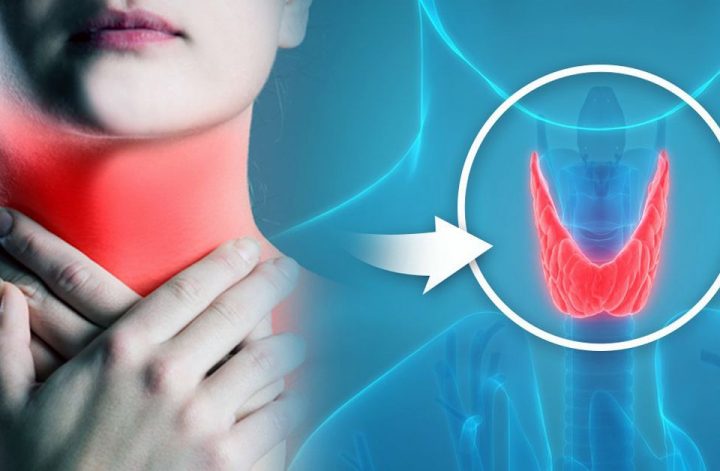Atherosclerosis is a disease that develops gradually. How to know in time that the process of atherosclerosis development has started?
High cholesterol levels are not the only factor in the development of atherosclerosis. Laboratory tests can help monitor this and other indicators of cardiovascular risk.
All about cholesterol will help you learn a set of laboratory tests Lipid profile, extended.
Total cholesterol – will show if there is an excess of this substance in the blood. The level of total cholesterol in patients with a history of heart attacks is an indicator of the need for prescribing cholesterol-lowering drugs.
Low and very density lipoprotein cholesterol (LDL and VLDL) is what is colloquially called “bad cholesterol”. Their excess indicates a violation of lipid metabolism. If the increase is not very large, then to correct the situation, it is enough to reduce weight, move more, remove excess fats and carbohydrates from the diet. Significant excess of the norm requires the appointment of appropriate drugs.
Triglycerides are another type of fat found in the blood. Normally, triglycerides are a source of energy for cells and are present in the blood only in transit from the intestine to the cells. The level of triglycerides fluctuates during the day: after the first meal, their concentration in the blood quickly increases and remains at this level for 9-12 hours. Therefore, a blood test for triglycerides (including lipid profile) should be taken no earlier than 12 hours after a meal.
The extended lipid profile also includes the following parameters:
Apolipoprotein A1 is a representative of “good cholesterol” (high density lipoprotein, HDL). It prevents cholesterol from being deposited in plaques, protecting the vessels of the heart and brain. This test shows how well the vascular defense system is working.
Apolipoprotein B is the main protein of LDL. One of the accurate markers of atherosclerosis. With its help, it is possible to identify the initial stage of this disease even with a normal level of LDL.
Lipoprotein (a) shows how high the hereditary risk of atherosclerosis of the vessels of the heart and brain.
The set of tests is recommended for all people over 50 years old, as well as for those who are at risk of developing atherosclerosis due to heredity, lifestyle, and unhealthy diet.
Independent and dangerous
A homocysteine test helps assess the risks of thrombosis. Homocysteine https://en.wikipedia.org/wiki/Homocysteine is an amino acid that is produced in the body from the essential amino acid methionine. It is necessary for the normal functioning of the entire metabolism, is a donor of the methyl group. However, if the body lacks vitamins B6, B9 (folic acid) and B12, or there is a genetic defect, the level of homocysteine in the blood rises. Then it can damage the walls of blood vessels.
The test can be done as an adjunct to the lipid profile. It is important to remember that smokers and coffee drinkers need to have homocysteine tested annually, along with a cholesterol or lipid profile test.



